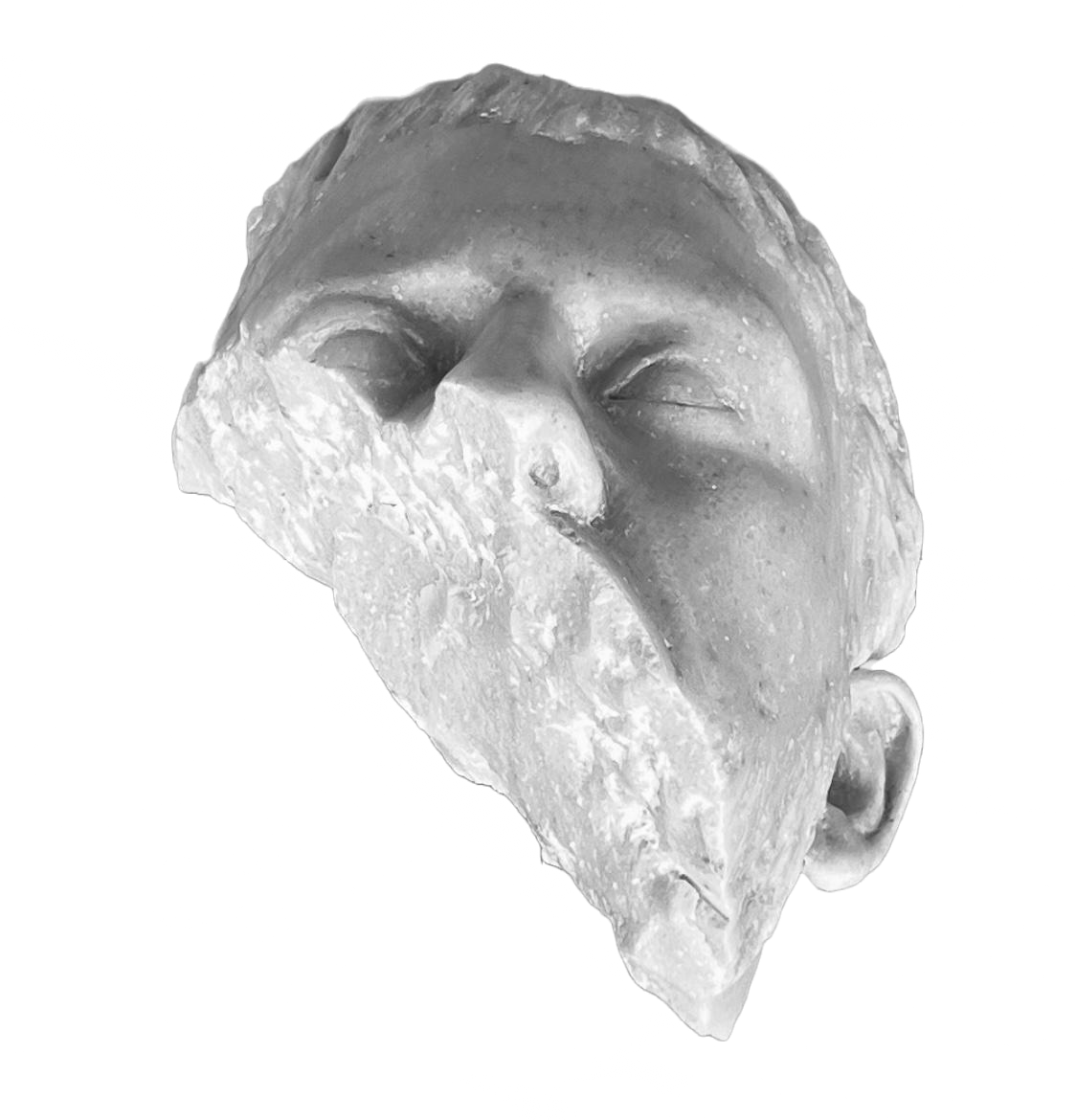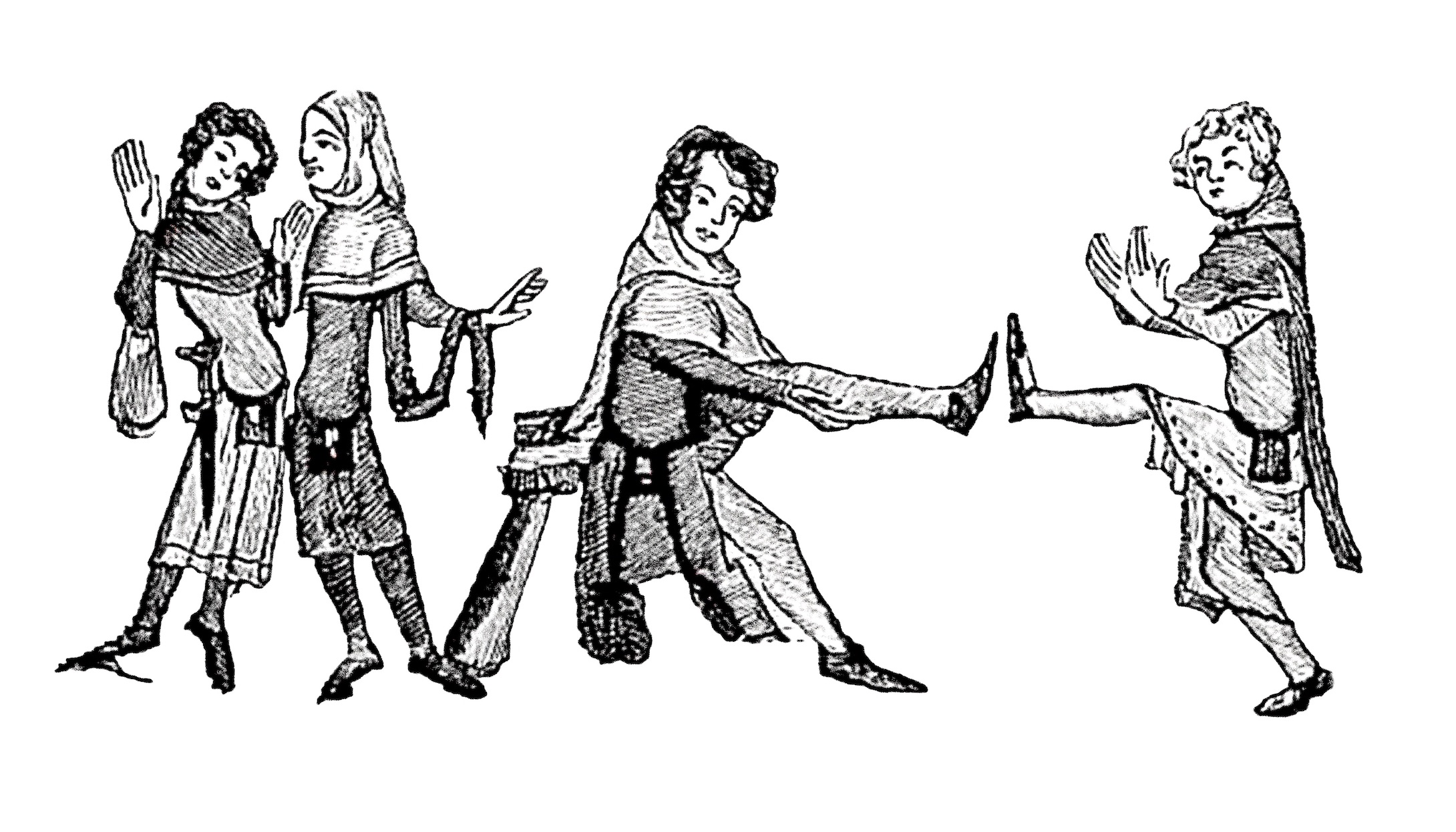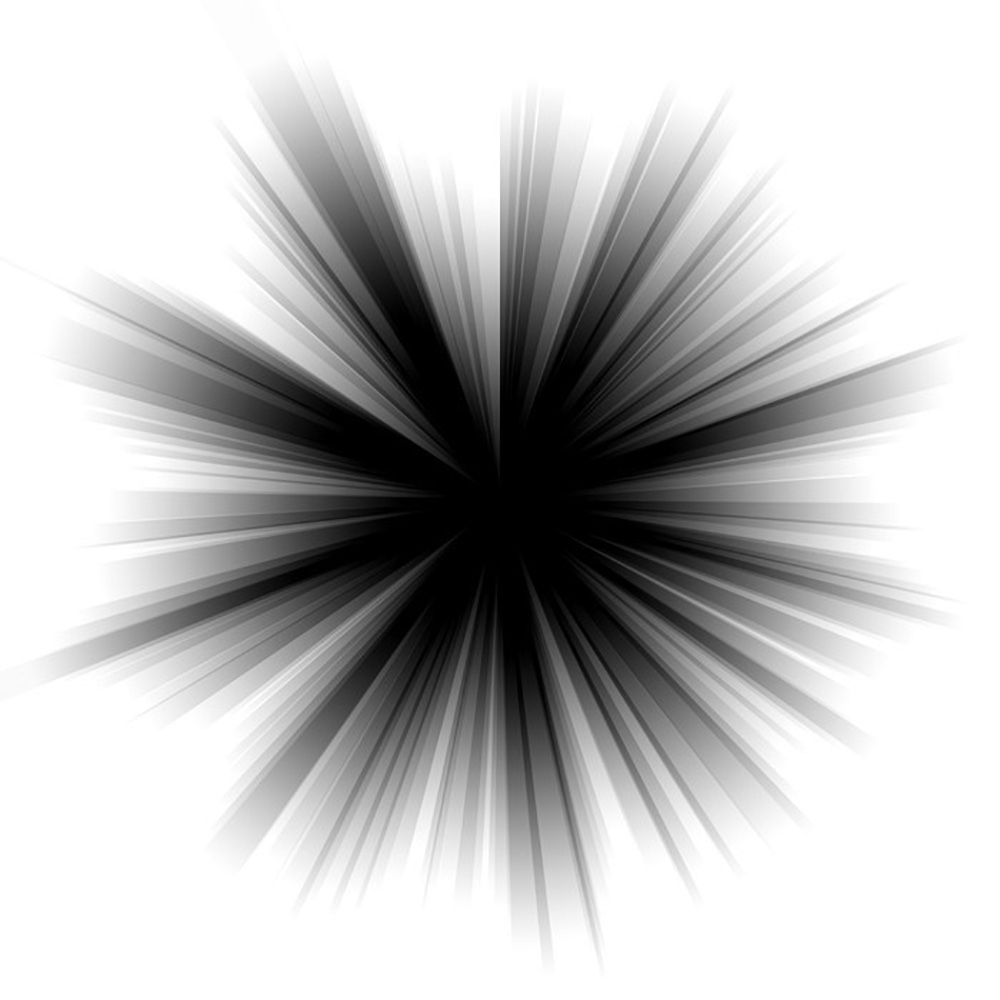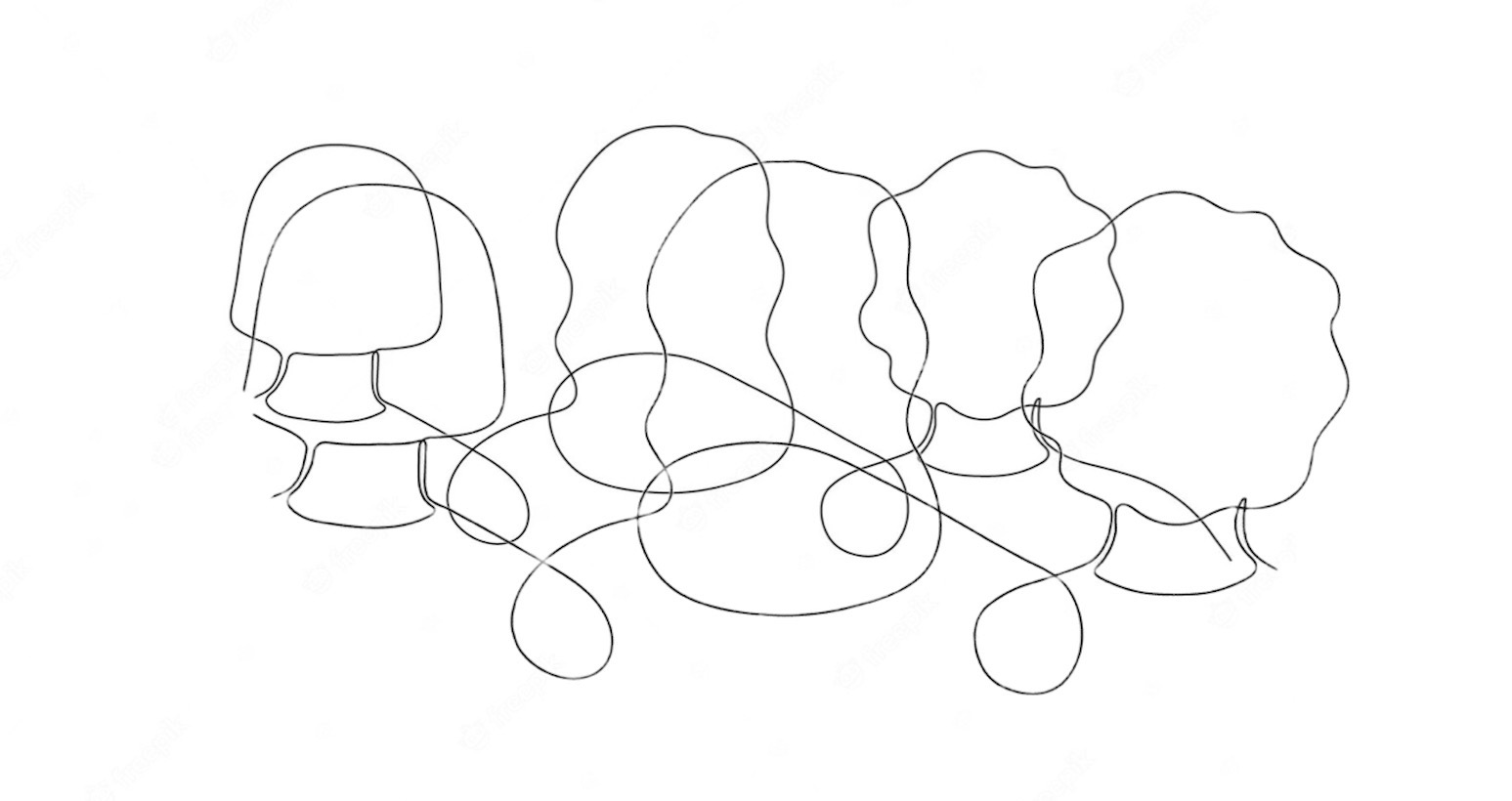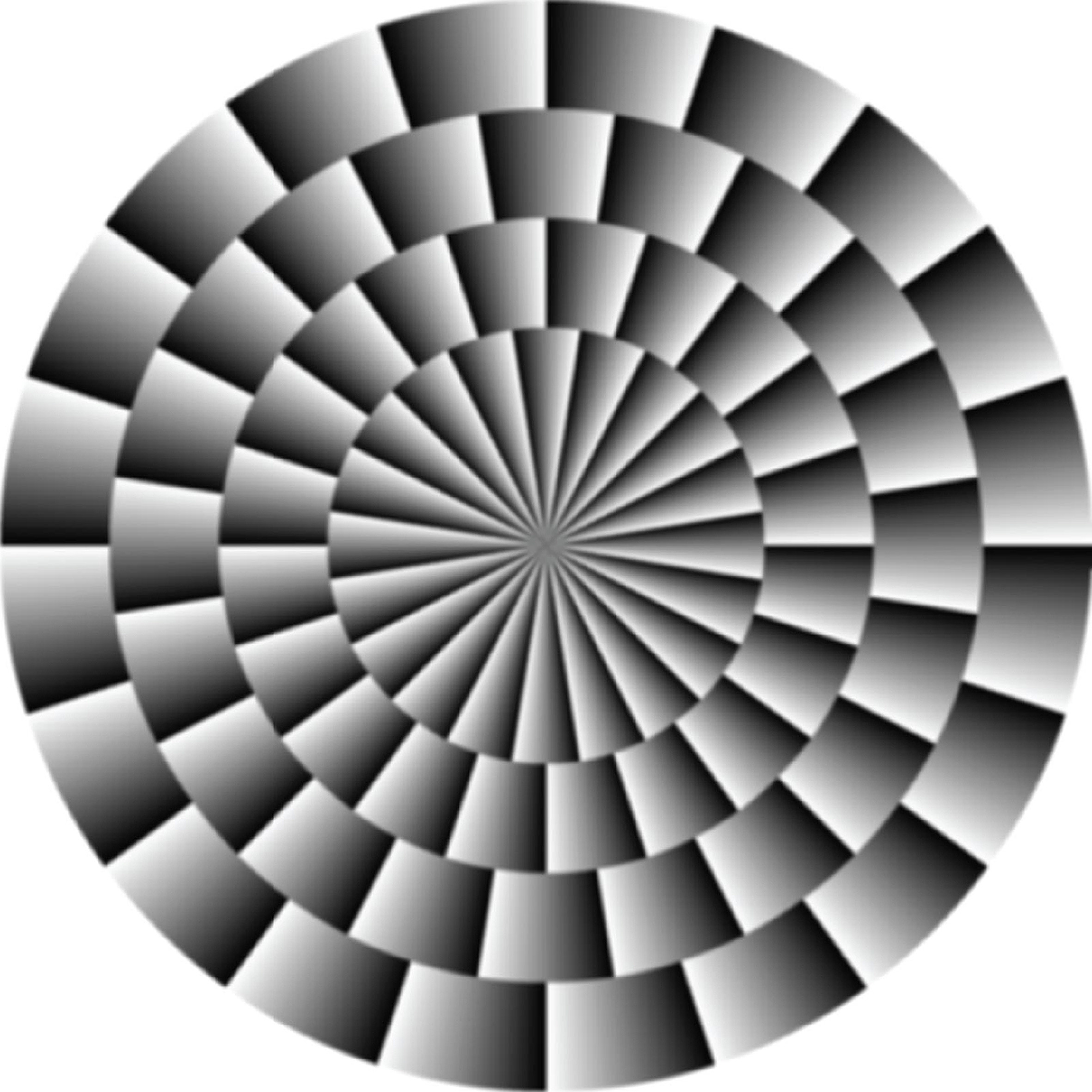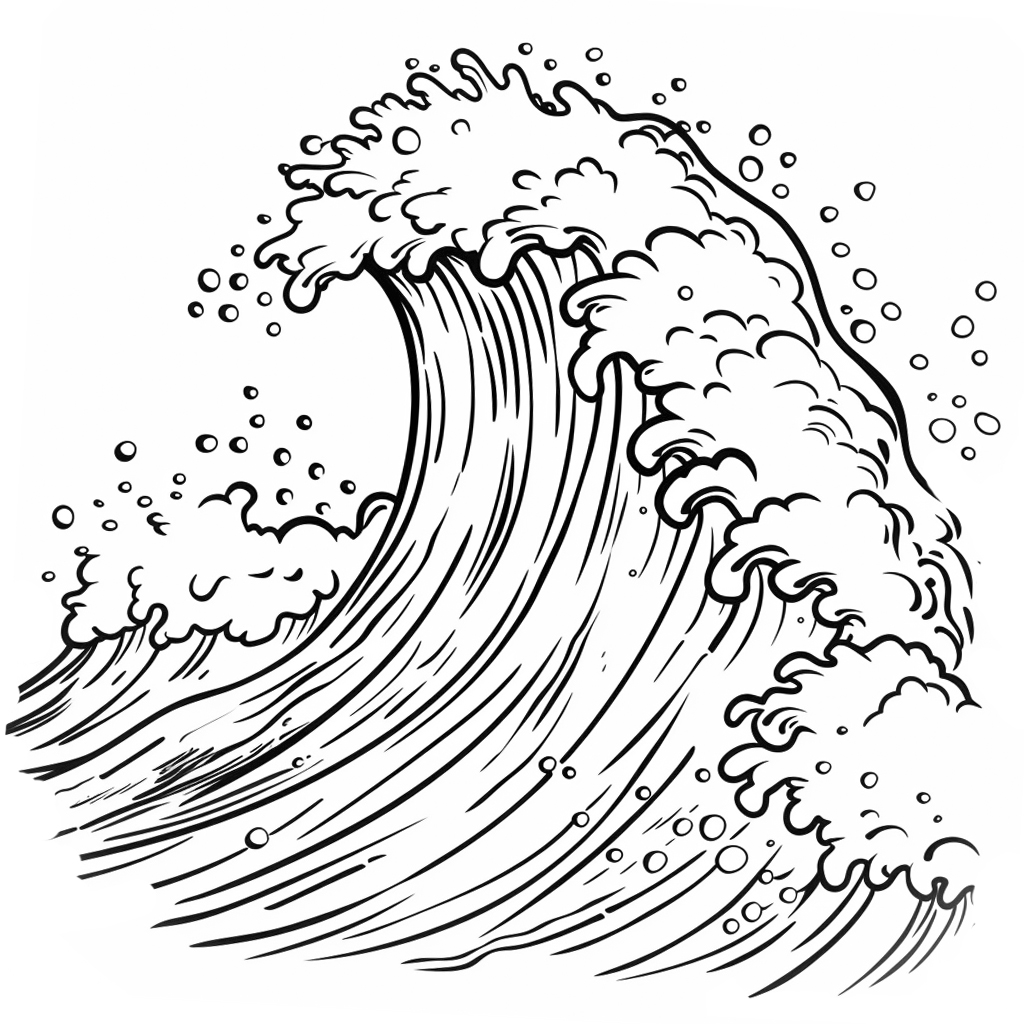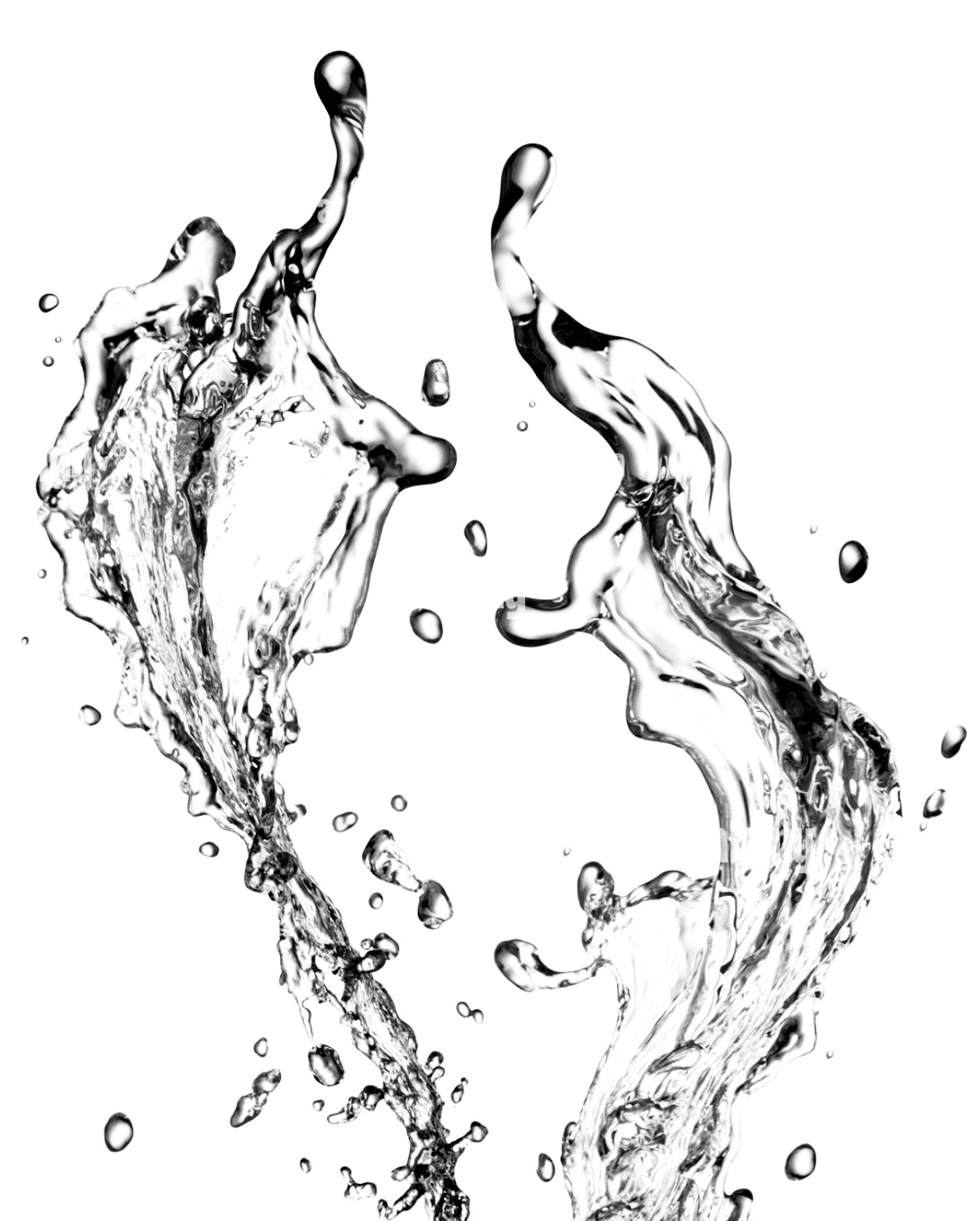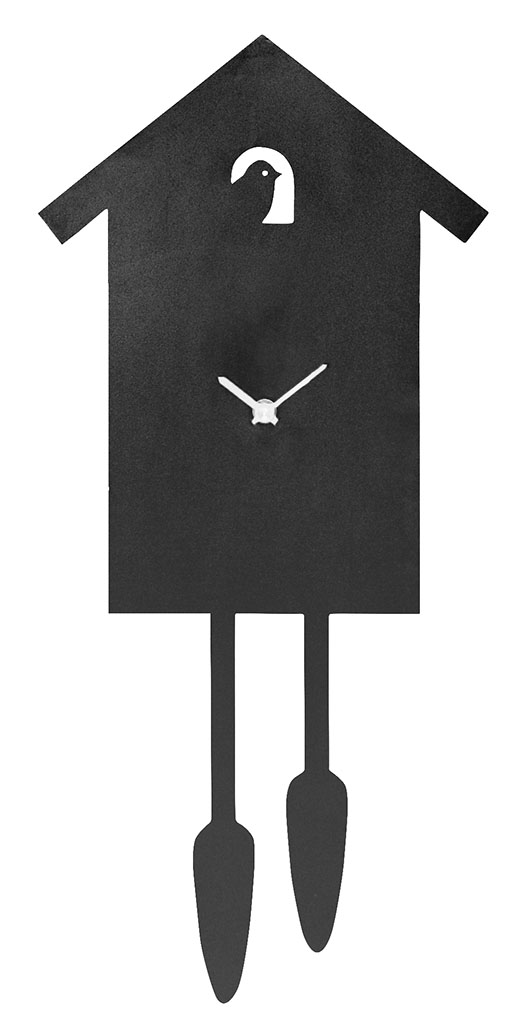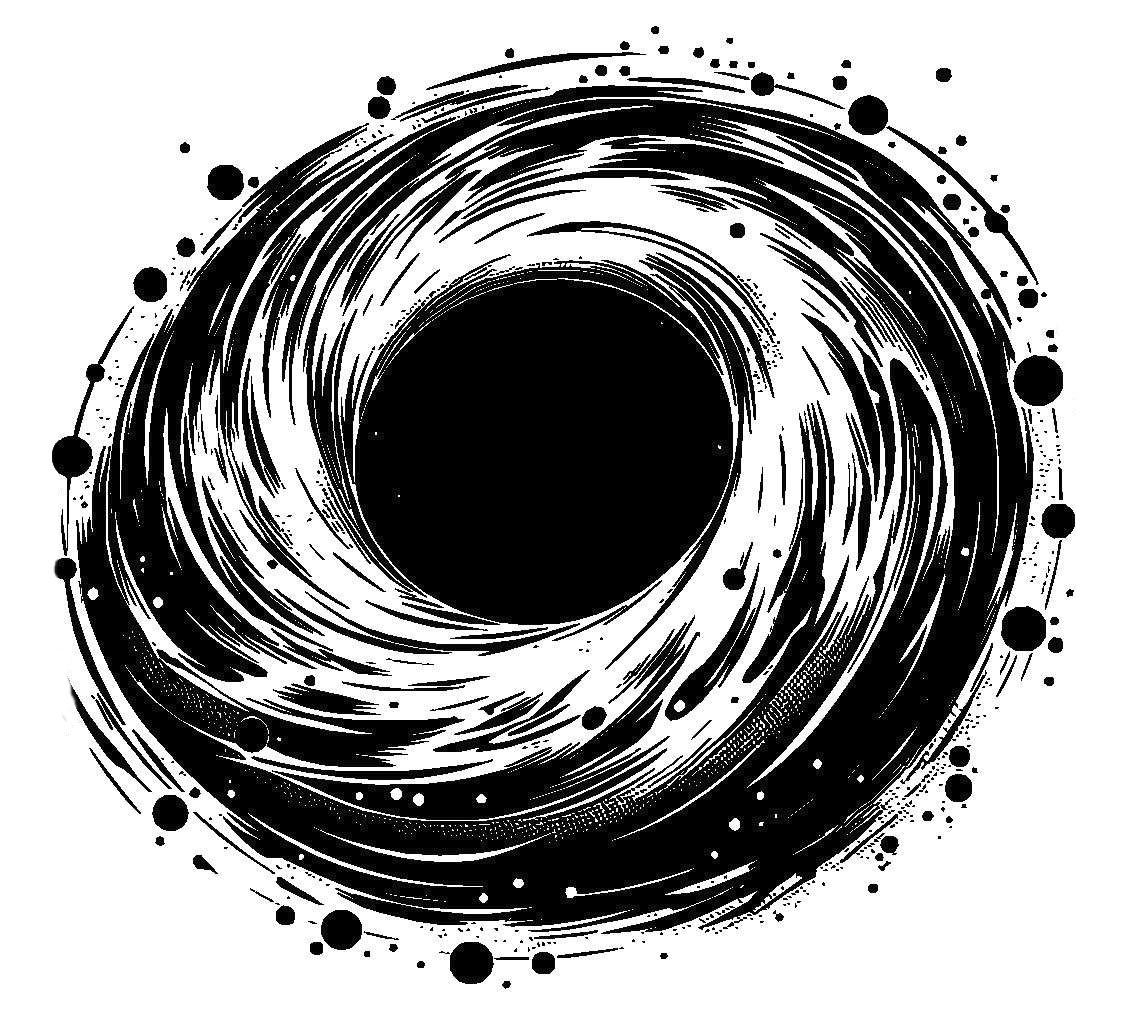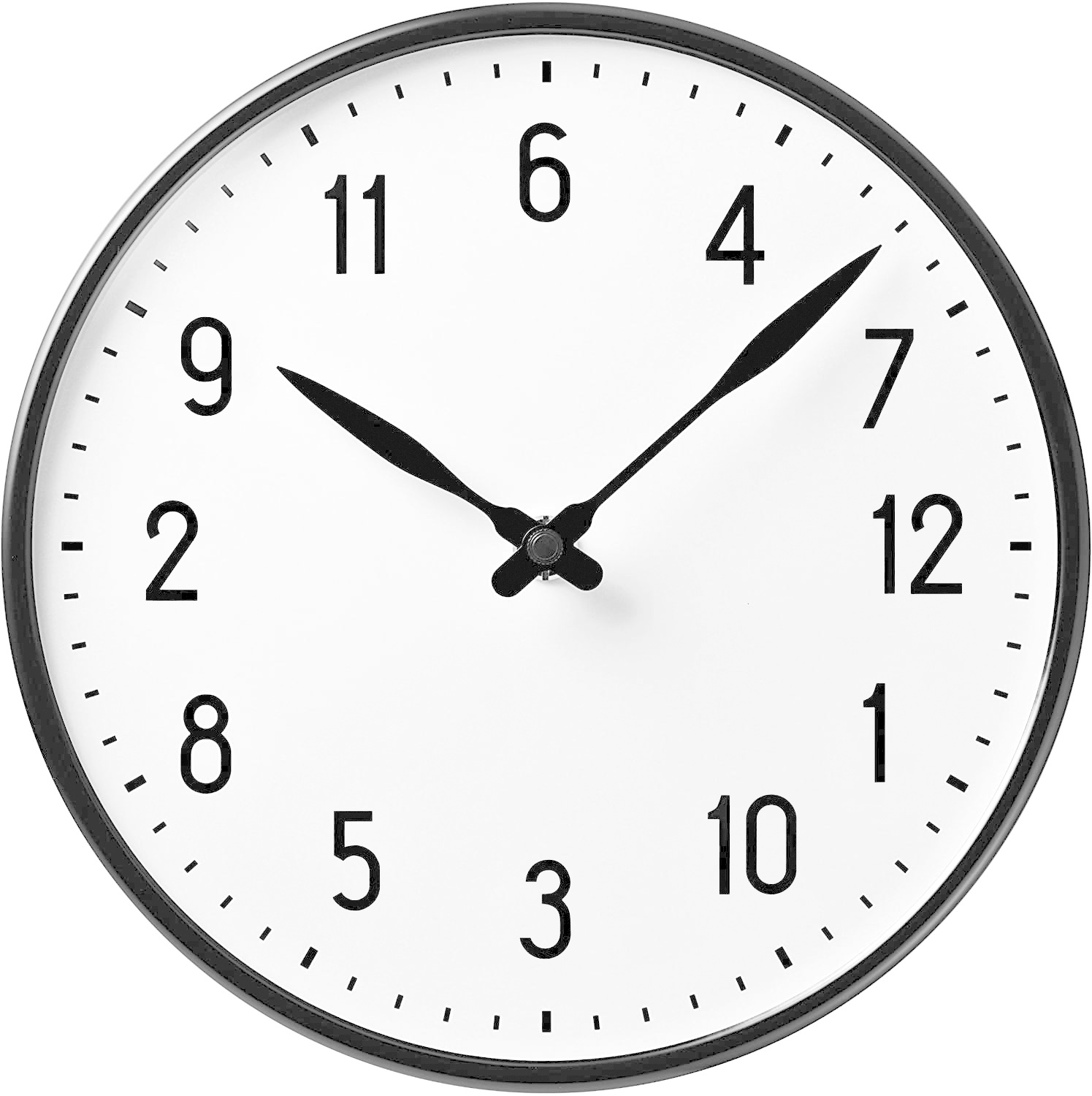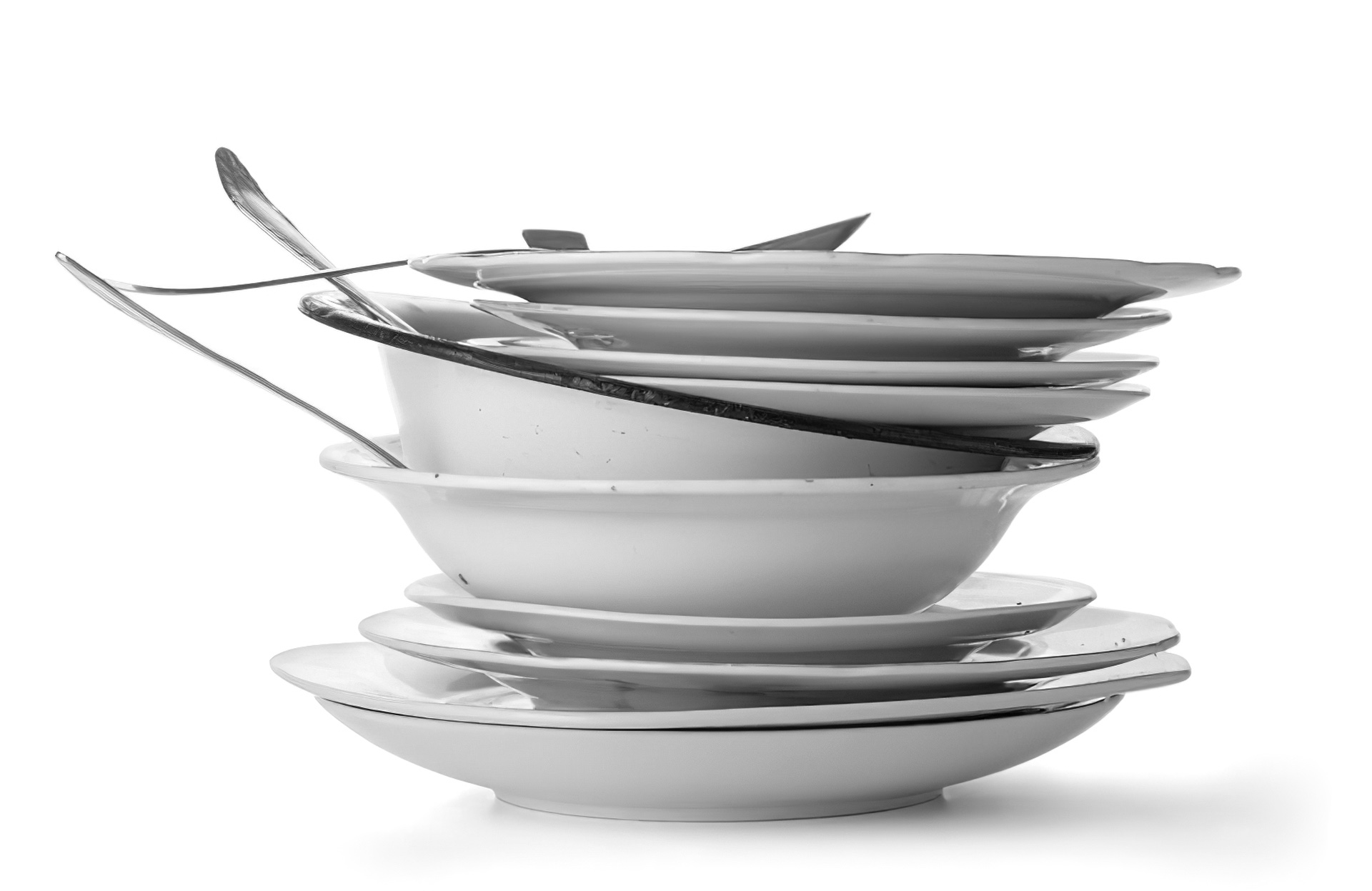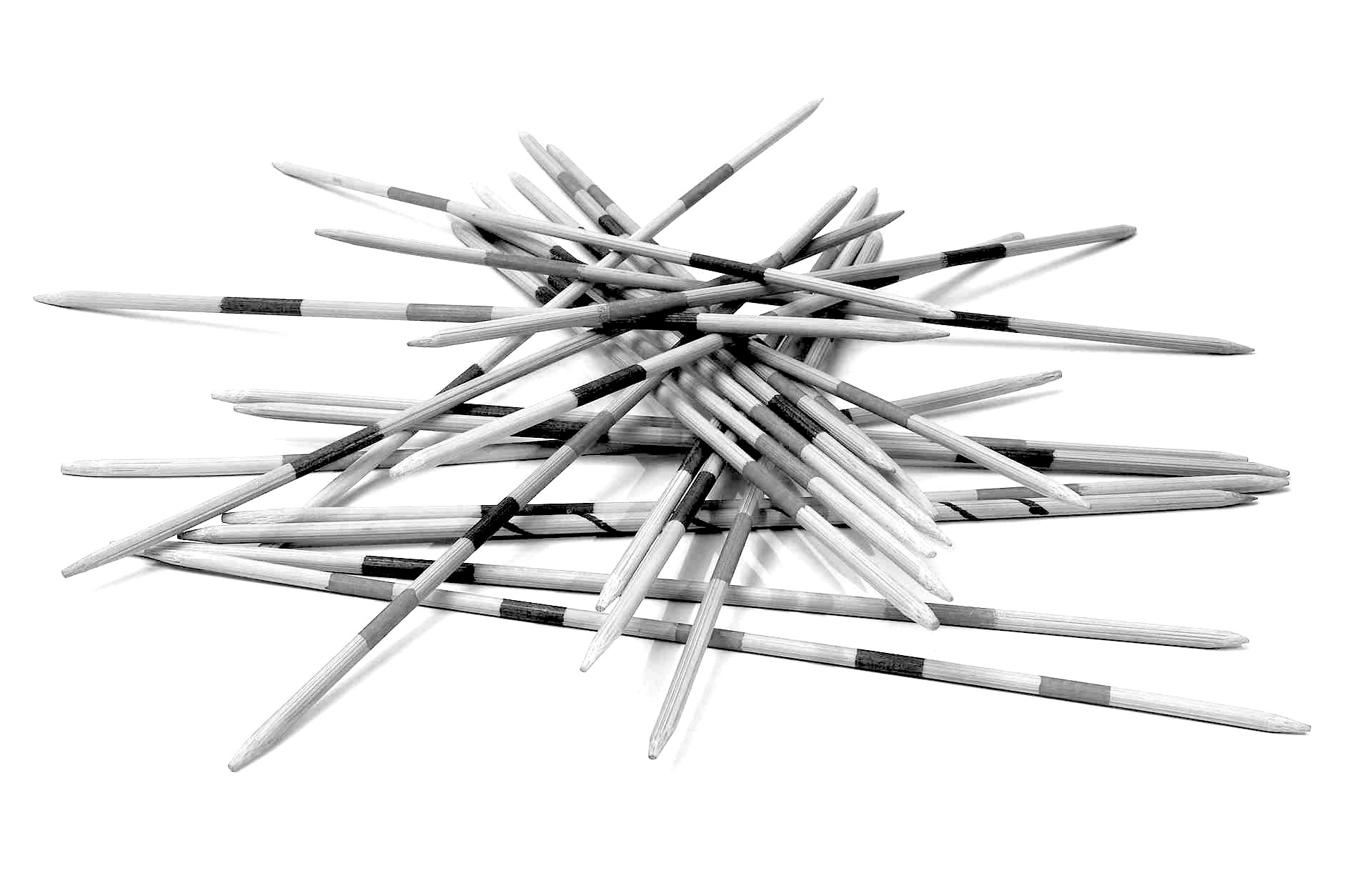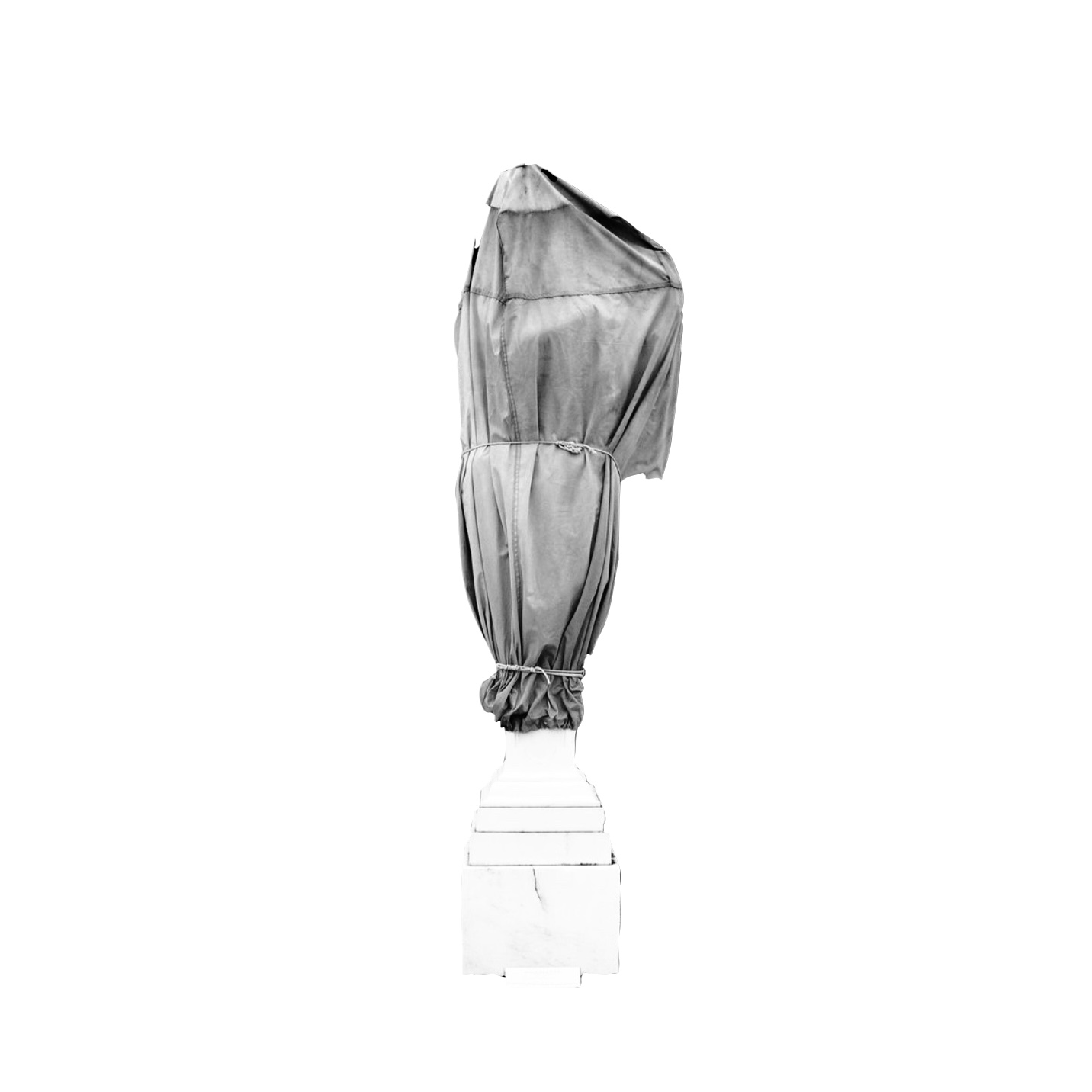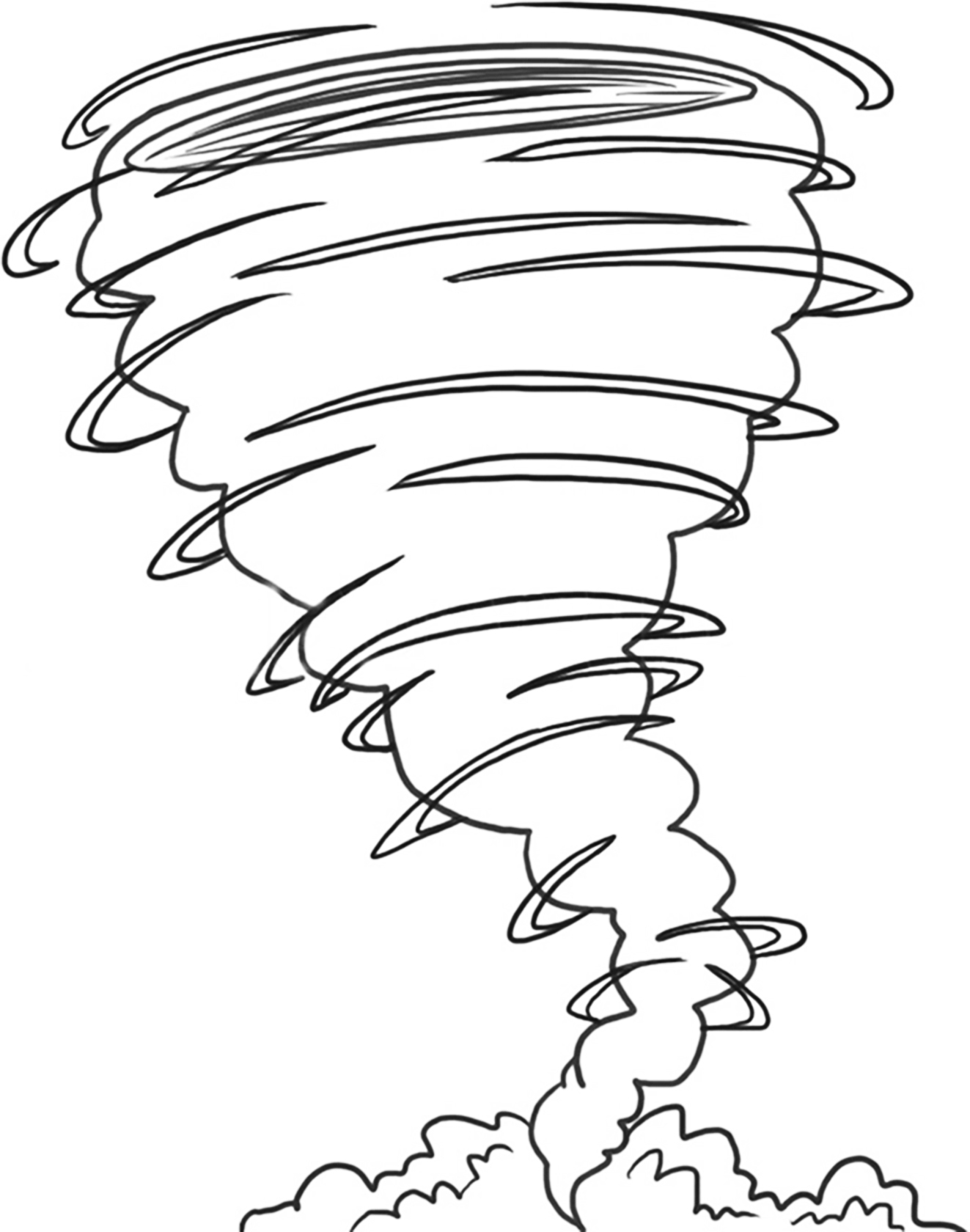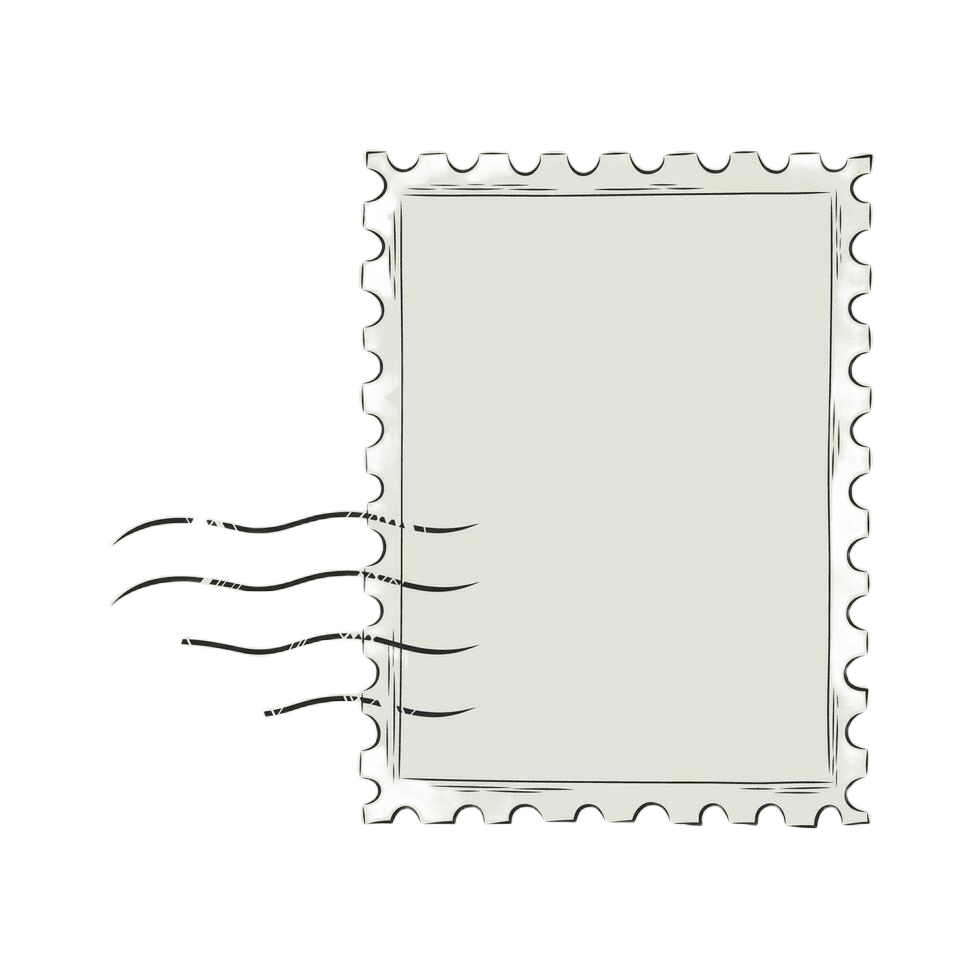Ἀσέληνον ὄρος - The moonless mountain
Valinia Svoronou

curated by Olympia Tzortzi
11 November – 30 December 2022
Opening day: 11 November 2022, 7 pm – 10 pm
Τhe exhibition opening will take place on both locations:
Veikou 95, 117 41 Athens | 1st floor | 7 – 8:30 pm &
Kallirrois 122, 117 41 Athens | 7 – 10 pm.
Recalling the definition of memory as the definition of remembrance - the state of bearing in mind, the act of recalling to mind, the period over which ones memory extends - we are being confronted with the commemorative culture as the interaction of the individual - body - or the society - collective - with their past and the given history. If we shred the definitions of memory, oral history, light and movement, we can find ourselves in a state of mind, in which everything is interconnected. Memory as the process of reproducing or recalling what has been learned and retained, oral history as the act of collecting information about a historical event or a period of time through someone who experienced it, light as a type of electromagnetic wave that allows the human eye to see or makes objects visible, movement as the act of changing locations and positions and time as the indefinite continued progress of existence and events in the past, present, and future regarded as a whole are working as tools for constantly moving around, for revealing a present world and revisiting an older. The solo show of Valinia Svoronou titled „Ἀσέληνον ὄρος - The moonless mountain“ at Callirrhoë is an endeavor to explore and to give a form to the notion of memory and to the transmission of oral history. Through gazing the works an experience of place and movement in an emotional landscape of the past is being created, conjured by stories and referring to architectural fragments. The exhibition is an attempt to deepen the relationship between memory and oral history, nature and loss, migration and immigration, purring out of the frame of a historical moment. As movement is unthinkable without time and time is constantly passing, memory is a continuous happening as well. Could we find ourselves trying to grasp a glimpse of an older light? How can a series of „memories“ be tangible?
/
Ανακαλώντας τον ορισμό της μνήμης ως τον ορισμό της ανάμνησης - η συνθήκη που δεν ξεχνάς, η πράξη του να θυμάσαι, η περίοδος κατά την οποία η μνήμη του καθενός επεκτείνεται - ερχόμαστε αντιμέτωποι με έναν αναμνηστικό πολιτισμό. Αυτή η επιδίωξη διατήρησης της ανάμνησης κάποιου γεγονότος πηγάζει από την αλληλεπίδραση είτε του ατόμου – του σώματος – είτε της κοινωνίας – το συλλογικού – με το παρελθόν τους και τη δοθείσα ιστορία. Αν τεμαχίσουμε τους ορισμούς της μνήμης, της προφορικής ιστορίας, του φωτός και της κίνησης, συνειδητοποιούμε ότι βρισκόμαστε σε μια κατάσταση, στην οποία όλα είναι αλληλένδετα. Η μνήμη ως η διαδικασία αναπαραγωγής ή ανάκλησης αυτού που έχουμε μάθει και έχει διατηρηθεί ως δεδομένο ανά τα χρόνια, η προφορική ιστορία ως η πράξη συλλογής πληροφοριών για ένα ιστορικό γεγονός ή μια χρονική περίοδο μέσω κάποιου που το βίωσε, το φως ως ένας τύπος ηλεκτρομαγνητικού κύματος που επιτρέπει στο ανθρώπινο μάτι να βλέπει ή να κάνει ορατά αντικείμενα, η κίνηση ως η πράξη αλλαγής τοποθεσιών και θέσεων και τέλος ο χρόνος ως μια αόριστη συνεχιζόμενη πρόοδος της ύπαρξης και των γεγονότων στο παρελθόν, το παρόν και το μέλλον λειτουργούν σαν ένα σύνολο και θεωρούνται εργαλεία για τη διαρκή κίνηση, για την αποκάλυψη ενός παρόντος κόσμου και την επανεξέταση ενός παλαιότερου. Η ατομική έκθεση της Βαλίνιας Σβορώνου με τίτλο «Ἀσέληνον ὄρος - Το βουνό χωρίς φεγγάρι» στη Callirrhoë είναι μια προσπάθεια εξερεύνησης και μια προσπάθεια να δωθεί μορφή στην έννοια της μνήμης και της μετάδοση της προφορικής ιστορίας. Μέσα από την παρατήρηση των έργων δημιουργείται μια εμπειρία τόπου και κίνησης σε ένα συγκινησιακό τοπίο του παρελθόντος, που αποτελείται από παραπλανητικές ιστορίες και παραπέμπει σε αρχιτεκτονικά θραύσματα. Η έκθεση είναι μια προσπάθεια εμβάθυνσης της σχέσης μεταξύ μνήμης και προφορικής ιστορίας, φύσης και απώλειας, μετανάστευσης από και προς, πηγάζοντας μέσα από το πλαίσιο μιας ιστορικής στιγμής. Καθώς η κίνηση δεν μπορεί να υθίσταται χωρίς χρόνο και ο χρόνος περνά συνεχώς, έτσι η μνήμη είναι ένα συνεχές φαινόμενο.Θα μπορούσαμε να συλλάβουμε τους εαυτούς να προσπαθούμε να «πιάσουμε ένα παλαιότερο φως»; Πώς μπορεί μια σειρά από «αναμνήσεις» να είναι απτή;
Read full text in English or Greek
See list of works and exhibition plan
Read the audio transcription of the sound work Interview with the Grandpa
View images of the exhibition and works
